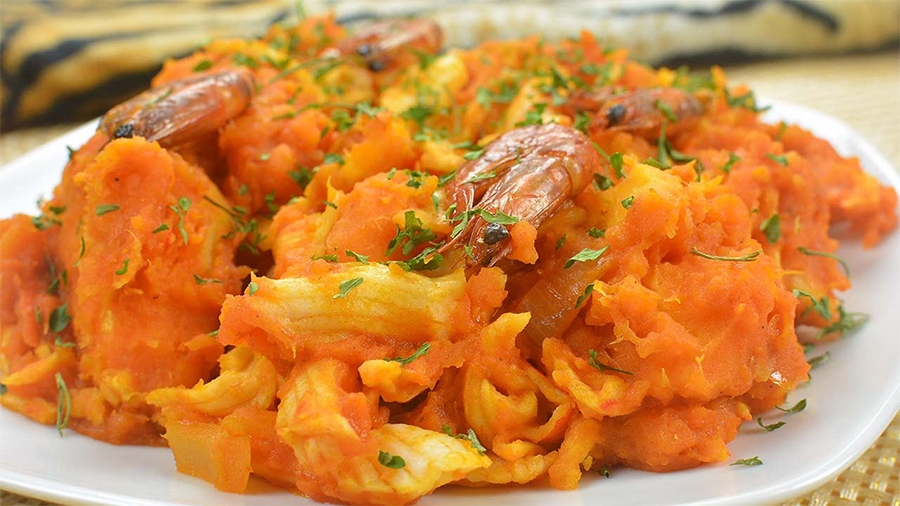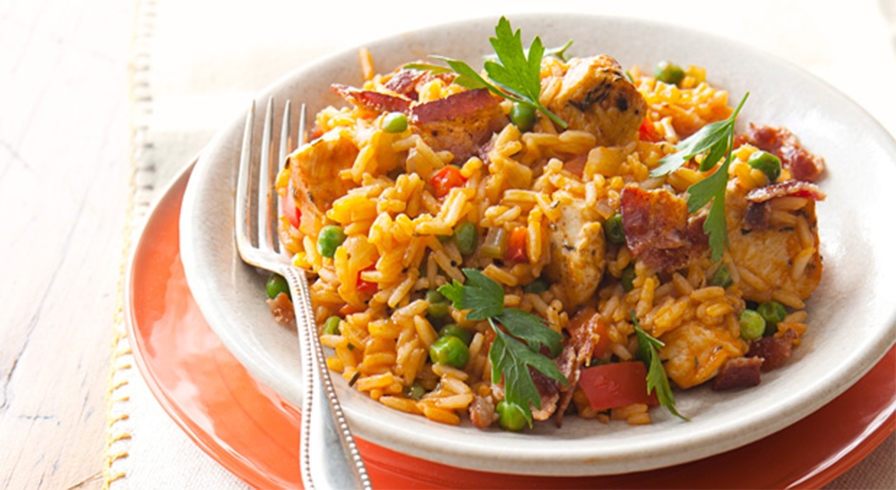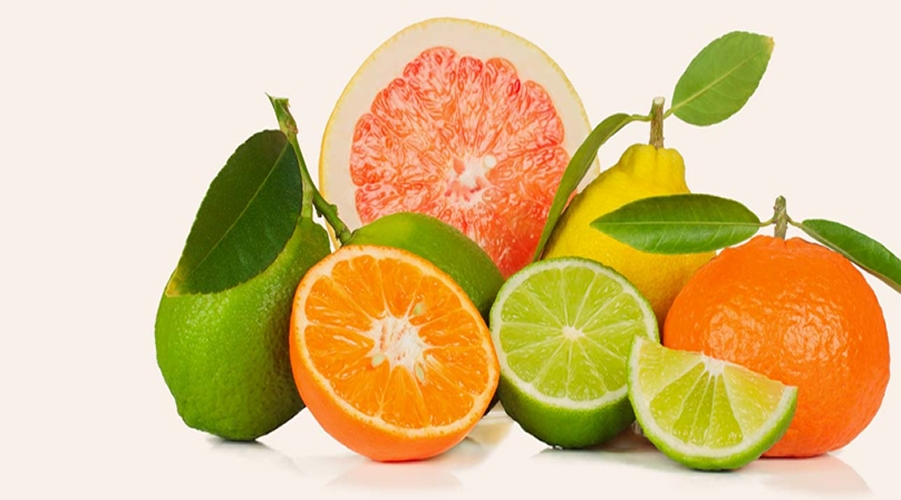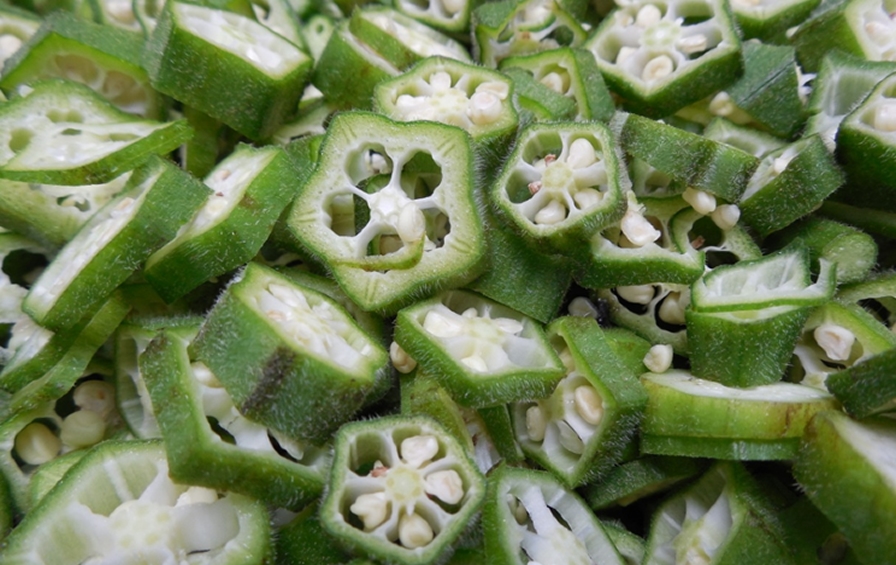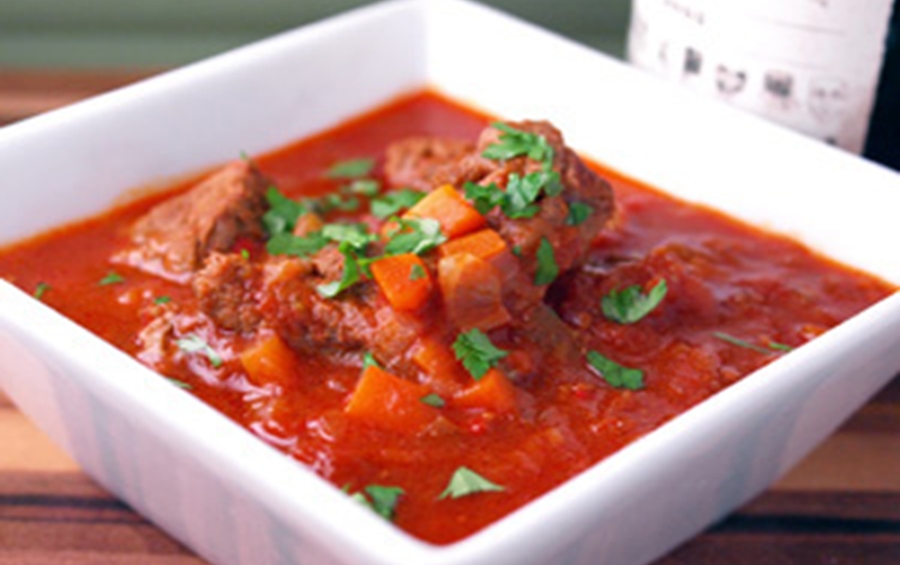Highly nutritious and considered a superfood, yams are tropical tubers indigenous to the peoples of West Africa, most parts of Asia, and Latin Americans (South and Central). Yams are high in dietary fibre and carbohydrates; thus a major source of energy. Yams are also ample source of other nutrients such as: Vitamins A, B, C, and essential minerals – potassium, copper and iron.
Little wonder yam is an accepted staple food in many homes universally. All of the nutrients found in yam are required for maintaining a healthy balance in adults – promotes good functioning of the heart, kidney, and muscle.
There are many yam species and they can be cooked in varied appetizing ways; top on the list of yam delicacies is yam porridge. Yam porridge is a very common meal easy to cook, and enjoyed by both young and old. When cooked properly, the natural sweet taste of yam is loved by all.
To get the best out of yam porridge, we will be adding chunks of fish and very soft chicken; this will provide extra protein and flavour.
Required ingredients are:
1 tuber of yam (yam size may vary according to the number of servings required)
Palm oil
Fresh tomatoes
Fresh Bell Pepper (Tatashe)
Fresh scotch bonnet (ata rodo)
1 medium sized onion
Ground crayfish
Dried or fresh shrimps (optional)
Shredded chicken (well seasoned and boiled)
Dried Fish or Smoked fish (Mackerel (popular Titus fish) is suggested because of its yummy taste)
Seasoning cubes (I use Knorr but any of your choice will do fine)
Salt to taste.
Cooking Guide:
Peel and cut yam into small chunks, then put into pot of water to cook (you may want to add a teaspoon of sugar for some sweetness if it’s New Yam that’s being used).
Wash the tomatoes, pepper (tatashe and rodo), and onion then blend (try to use minimal water so you can get a paste-like pepper mix after blending).
Leave the yam to cook for about 5 minutes then pour blended pepper into the pot of boiling yam. Add ground crayfish, the washed smoked fish, seasoning cubes, a bit of salt, and then add some palm oil sparingly. Allow to cook on medium heat for about 15 minutes.
By now the yam should be very soft, begin to mash till you get a thick consistency; little lumps of yam can be left. Add in the shredded boiled chicken, taste for salt (a bit more can be added if needed), and then leave to cook for another 2-3 minutes on low heat. Your delicious pot of yam pottage (popularly called asaro in Yoruba) is ready to be devoured!
Another delicious twist to cooking yam porridge is adding green vegetables (Ugwu or Spinach). Some kids don’t like this addition (my daughter doesn’t) so to play safe, you can prepare your vegetable as a side dish for the yam porridge to be enjoyed by adults.
